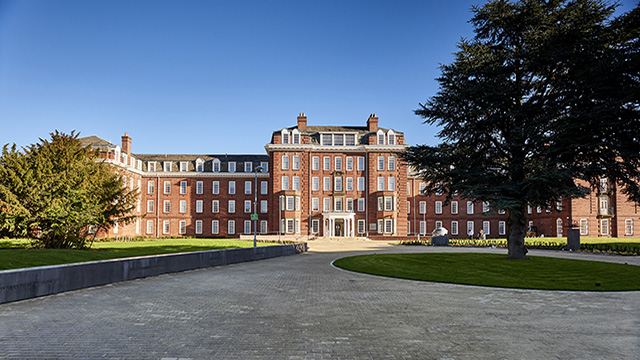Demand for life sciences lab space and a lack of available supply has pushed rents to a 50% premium on office rents in Boston.
New research from Savills shows that lab rents in the US city stand at $103 (£73) per sq ft, compared with just $68 per sq ft for offices.
The figures should provide a boost for lab landlords in the UK’s life sciences hotspots of Cambridge and Oxford, where lab rents are currently 14.7% and 18.7% lower respectively than office rents. In Cambridge, lab rents average $64 per sq ft against $75 per sq ft for prime office space, while in Oxford lab rents are around $61 per sq ft, compared with $75 per sq ft for offices.
Life sciences tenants looking for the cheapest space should settle in China, according to Savills’ research, with facilities in Beijing and Suzhou offered at a 60% discount compared to offices in the city.
Savills’ Science Cities 2021 research also reveals that the US is leading the way when it comes to life sciences hotspots. Five US cities lead the rankings – Boston, San Francisco Bay Area, Seattle, San Diego and New York – followed by Shanghai in sixth place. Oxford and Cambridge take 9th and 10th places respectively, with London in 13th.
Jeremy Bates, head of occupational markets EMEA at Savills, said: “It’s clear industry growth in the life sciences sector is rapidly outstripping real estate supply. While life science companies have a preference for locations close to major universities and research institutes, we are seeing a more diverse array of real estate requirements as firms look to balance location with affordability. As such, take-up in city centre locations as well as the repurposing of existing assets, including retail, is becoming more prevalent.
“As with any occupier, employee wellbeing is high on the agenda, but particularly in this sector given the need to recruit highly skilled individuals, and the best buildings offer amenity space and provision for sustainable modes of transportation, such as proximity to public transport and cycle storage.”
Paul Tostevin, director in Savills’ world research team, added: “For life sciences firms, the linkage between universities and industries in particular is a critical source of new talent and new ideas, and when it comes to the cost of employing a highly skilled workforce in the life sciences industry, a delicate balancing act is required. Workers will likely choose locations where they will receive the highest return on the investment into their education and skills – a higher salary, especially relative to living costs. To that end, firms will be looking to minimise their labour costs while still attracting top talent.”
To send feedback, e-mail samantha.mcclary@egi.co.uk or tweet @samanthamcclary or @estatesgazette











